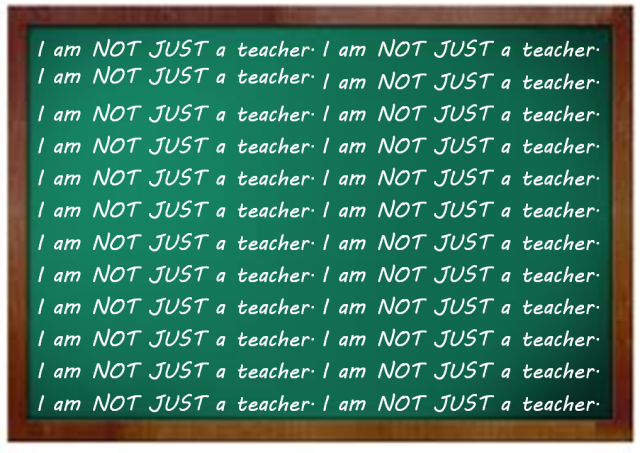Last Friday I delivered a talk to a fantastic audience of English teachers in Brasília, Brazil. It was the final session after a full day of lots of interesting sessions, filled with practical ideas, reflections and research on English teaching promoted by the Brasilia chapter of Braz-Tesol.
The topic of the seminar was “From Strength to Strength“, and it made me think some before deciding what I should talk about… This semester has been a incredibly busy one – and hard as well. Many classes to teach, new challenges (going back to teaching beginner adults for one), leading projects, keeping up with life… Just a couple of weeks ago, I saw myself thinking: “Is it worth it?”. Is all the time, effort, sweat, blood, tears and heart we put into teaching worth it?
A little background information may be needed at this time… In Brazil, education seems to be the least of priorities. Teachers are underpaid (big time), so many time they have to keep more than one job, teaching at different schools, with endless contact hours, to make ends meet. On top of that add the fact that English teachers are at the bottom of the ladder. That (IMHO) is related to the belief that all you need in order to be an English teacher around here is being able to speak English at a decent (suuuuuuuch a subjective aspect!) level.
Is that what it takes to be a language teacher? To be able to speak the language you are teaching?
No!
(big resounding NO at this point, mind you!)
I am a mentor this semester. Someone who observes each and every class of a certain group (a beginner Adult 1) and prepares classes with me. And when we meet to prepare classes I ask her why for every activity and decision (peer correction or whole class? Pair work or Whole class? Predicting difficulties and questions… It has made me realise how much thinking goes into each and every class we do. (She’s a fantastic person to mentor, though. She picks up the reasons and inferences, the rationale behind the activities).
One day we were preparing classes and she said: “Students have no idea the amount of thinking and effort it goes in each class, do they?” No they don’t. Should they?
That’s a good question… No and Yes at the same time. In my opinion, they shouldn’t be told of how much effort, expertise, study and hard work goes into each lesson…. But in the end they do. They feel the teacher is more or less prepared.
Anyways… I was thinking about the talk and then one day it hit me during a chat. I was chattng to Barbara Sakamoto on Facebook one night and we were talking about how much a teacher has to do. She was telling me the enormous amount of things she has been involved with and I was just about to voice my opinion and then type ” But what do I know? I am JUST a teacher.” And then I stopped myself.
I have said “I’m just an English teacher.” (or just a teacher for that matter) countless times. Why do we do that? Why do we undermine our own profession? When we say “JUST” a teacher we’re saying teachers are not that important. We’re saying we (and our opinions) don`t matter that much,
Now, that is a contradiction. We ARE teachers. We influence people. We make people get better jobs, better education, travel better…and we are JUST teachers?
My point is: If we think of ourselves as JUST teachers, how can we expect anyone to see us as more than that? How can we expect people to see us as educators, people who have a very active role in changing people’s lives and realities.
Some changing of concept is in order, methinks. Me included.
We are ENGLISH TEACHERS. We give people a (much needed) skill. We help students develop and grow as people and members of a global community.
We are certainly NOT just teachers. And we have to be proud of what we are. We have to be proud of the long hours, sweat, love and tears… We have to build on our strengths and not be afraid of our weaknesses.
I am NOT just a teacher – THAT is my new mantra. And I am VERY proud of what I am.







